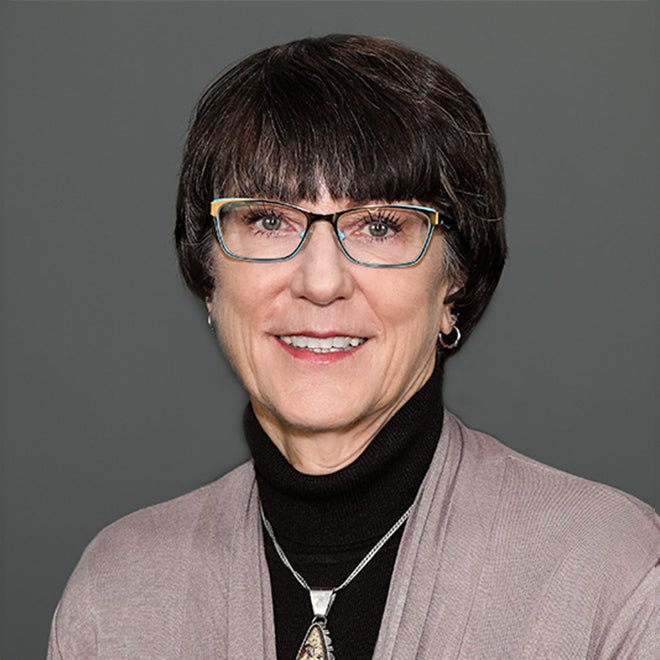Using Personal Leave for Extended Family Illness
Identifying what type of paid leave applies when an employee needs extended leave to care for a family member is just as important as determining eligibility for family and medical leave (FML).
Our members are familiar with the Family and Medical Leave Act (FMLA) eligibility requirements and often wonder what to do when an employee leave doesn’t qualify as an FMLA event, especially when leave is needed to care for an adult child or extended family.
The most common reaction is to assume the employee’s need will be covered as discretionary personal leave and policy limitation related to use will apply (e.g., number of consecutive days, days used per semester or year, and schedule limitations). However, in many cases the situation will qualify as non-discretionary leave and accumulated leave should be granted based on the amount of time identified in the medical certification.
Types of Personal Leave
Typically, policy provides for two types of personal leave—non-discretionary and discretionary. Non-discretionary leave use is for the employee’s own illness or for family illness, emergency, or death in the employee’s family (the reasons for which state sick leave may be used). Reasons for non-discretionary leave allow very little, if any, advanced planning. Some districts also allow non-discretionary use for leave related to the birth or placement of a child that is taken within the first year after the child’s birth, adoption, or foster placement.
Discretionary use is leave taken at the employee’s discretion and usually requires supervisor approval in advance. Criteria for the use of discretionary leave is established in policy to minimize the impact on the educational program and other operations. Limitations often apply including:
- Number of consecutive days taken
- Number of days per semester or year
- Designated days leave may not be taken
Eligibility for Non-Discretionary Leave
When an employee needs leave to care for a family member, it’s important to remember the definition of immediate family for paid leave purposes is different, and much broader, than the definition applied to FML. Immediate family often includes the following relationships without regard to age:
- Spouse
- Son, stepson, and son-in-law
- Daughter, stepdaughter, and daughter-in-law
- Parents, stepparents, and parents-in-law
- Siblings, stepsiblings, and siblings-in-law
- Grandparent and grandchildren
If any of these family members has an illness or emergency, the employee is eligible to use their accumulated leave to care for them, as long as medical certification validates the need for leave. Common situations that are overlooked include caring for an adult daughter following birth, caring for a son- or daughter-in-law, caring for a sibling, and caring for a grandchild.
Another common source of confusion is how much leave an employee is entitled to in relation to the birth, adoption, or foster care placement of a child. If policy includes this as a reason for taking non-discretionary leave, the employee can use accumulated personal leave without limit. If the provision is not addressed, the leave would be discretionary and any limitation for duration and scheduling of days applied.
Let Your Policy Guide You
Supervisors and leave specialists should be familiar with the provisions in local policy (e.g., Policy DEC (LOCAL)). The definitions of family may vary from organization to organization, and it’s important to understand the differences between FMLA and paid leave. It’s also important to understand the difference between non-discretionary and discretionary leave and implement your policy consistently.
Information to help you manage leaves and absences is available in the Leave section of the HR Library in myTASB and in The Administrators Guide to Managing Leaves and Absences (available for purchase in the TASB Store).

April Mabry
April Mabry oversees HR Services training services, member library products, and the HRX newsletter. She has provided HR training and guidance to Texas public schools since 1991. Mabry was a classroom teacher for 11 years in Texas and Michigan.
Mabry has a bachelor’s degree in education from the University of Michigan and certification as a professional in human resources (PHR) and is a SHRM-CP.
HR Services

Subscribe to HRX
Stay up to date with all the latest HR news and trends by joining the HRX mailing list!





